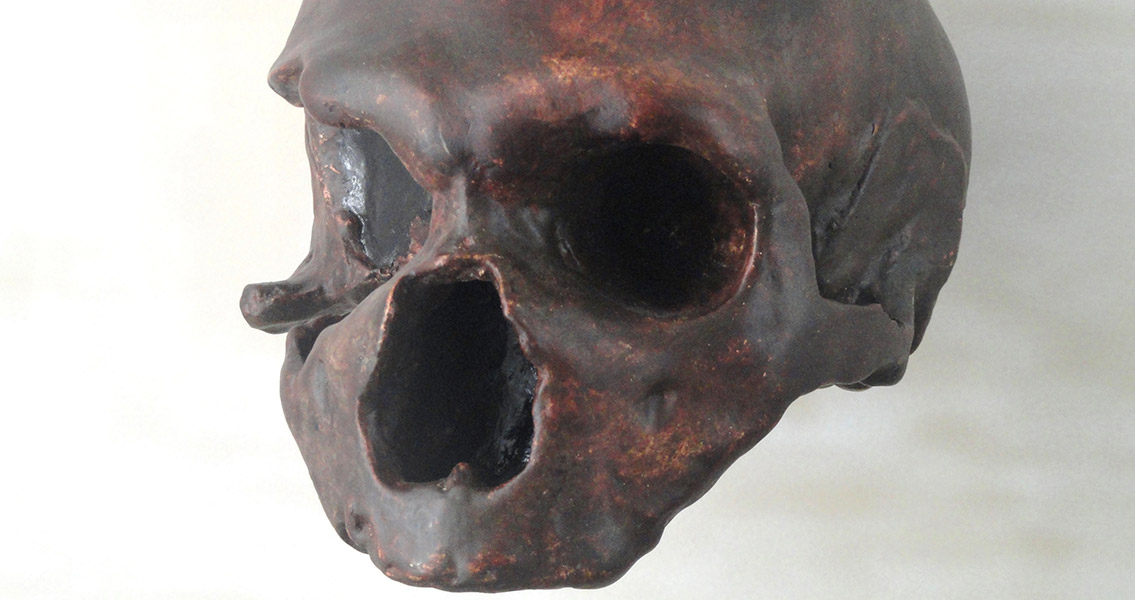<![CDATA[For the first time, scientists have quantified the percentage of vegetarian food in the Neanderthal diet – 20 percent. Studies of collagen, specifically the isotope concentration of amino acids within the collagen, have produced evidence that plant matter constituted around 20 percent of the Neanderthals' diet. Collagen, an essential organic element of connective tissue, is found in cartilage, bones, teeth, ligaments, tendons, and skin. This evolution-biologically germane question has been an object of debate in scientific circles for decades. Scientists with the Senckenberg Center for Human Evolution and Palaeoenvironment (HEP) associated with the University of Tübingen, studied the extinct relatives of modern humans and found that the Neanderthal diet, which did in fact consist mostly of large plant eaters like woolly rhinoceroses and mammoths, included vegetarian food as well. An international team of researchers and scientists led by Professor Dr. Hervé Bocherens with the University Tübingen studied a massive array of bones, 45,000 to 40,000 years old, from two excavation sites located in Belgium. The sites included bones from wild horses, mammoths, reindeer, woolly rhinoceroses, cave hyenas, European bison, lions, bears and wolves in addition to the bones from several Neanderthals. With these samples the scientists demonstrated how markedly different the Neanderthals' diet was from the diet of other predatory creatures. "Previously, it was assumed that the Neanderthals utilized the same food sources as their animal neighbors," Bocherens said in a news release. "However, our results show that all predators occupy a very specific niche, preferring smaller prey as a rule, such as reindeer, wild horses or steppe bison, while the Neanderthals primarily specialized on the large plant-eaters such as mammoths and woolly rhinoceroses," Bocherens further explained in the news release. The Grotte de Spy, also known as Spy Cave (it’s located in Spy, Belgium) was one of the sites from which bone samples were extracted. Considered one of the most significant Paleolithic sites in Europe, Spy Cave has been the scene of numerous excavations and just as many recoveries. Somewhat ironically, in 1886 a research team working at the site made a discovery which proved the existence of a more archaic form of human – the Neanderthal. Among other things, scientists from Tübingen are hopeful their study will lead to a better understanding of the causes related to the Neanderthals' extinction about 40,000 years ago, although the accumulated data seems to provide even more evidence that diet wasn’t a critical factor as to the reason the Neanderthals had to disappear for modern humans to thrive. Under the umbrella of the Senckenberg Center for Human Evolution and Palaeoenvironment there are six separate research institutes as well as three museums of natural history in Germany which conduct research in geo- and biosciences. Its mission, per their website, is to “make science and scientific findings accessible to the public through teaching, publishing and the natural history museums”. The studies associated with these findings have been published in the scientific publications; Quaternary International and Journal of Human Evolution. Image courtesy of Daderot ]]>
New Study Shows Diversity of Neanderthal Diet
